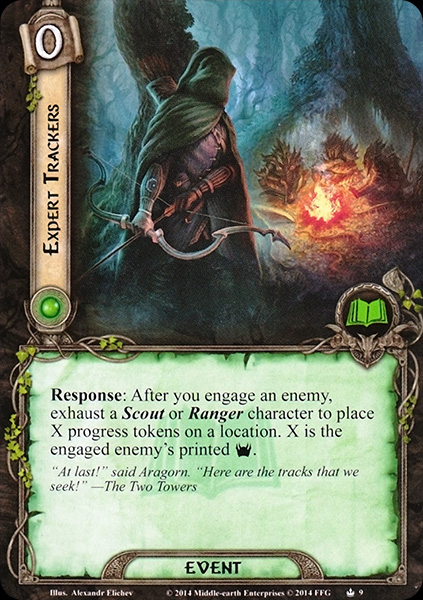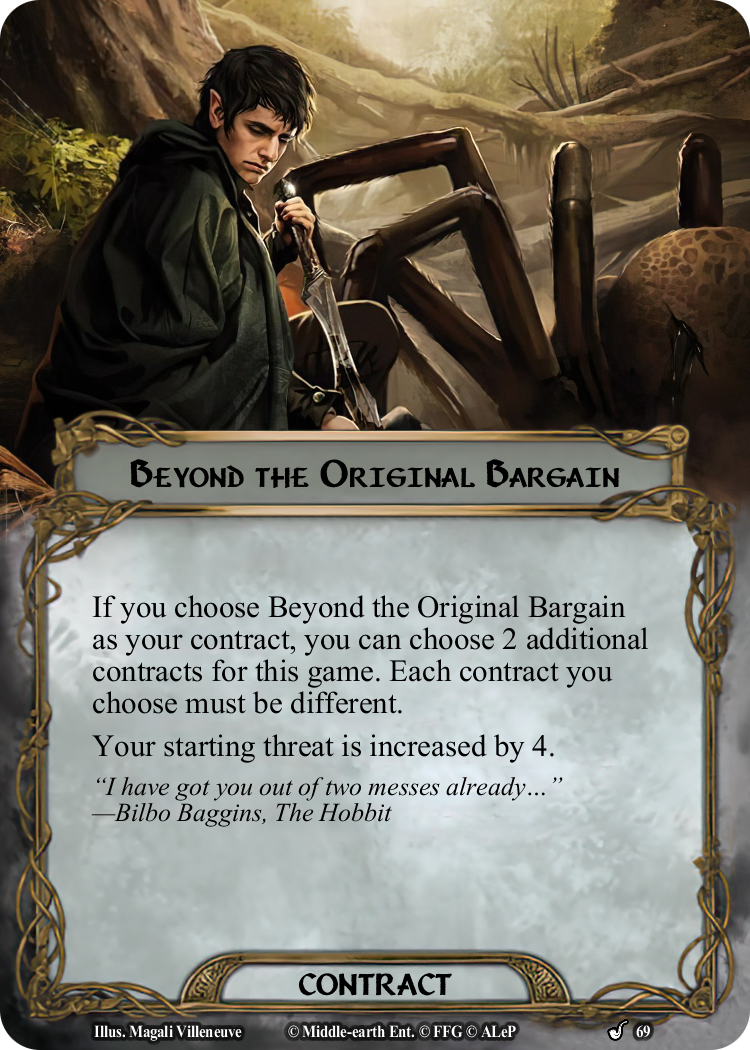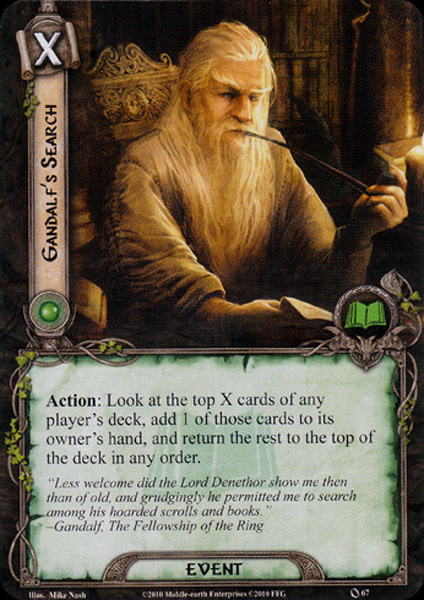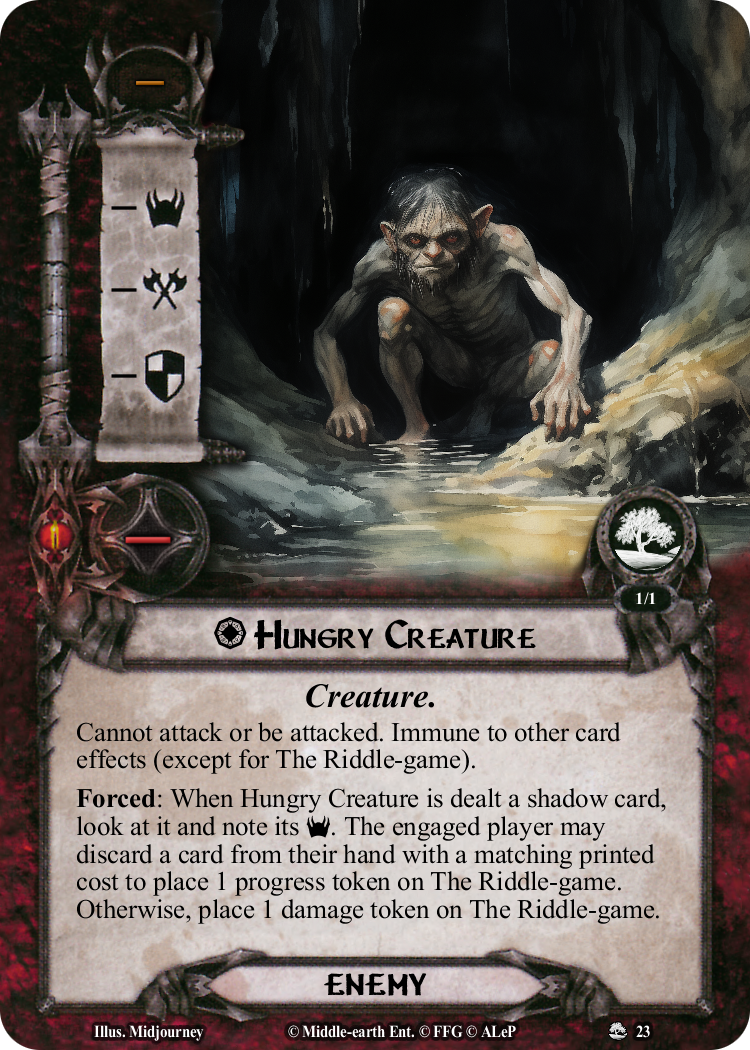This card seems to have been made specifically for the Weather Hills quest.
In normal times, the effect isn't that useful. But in the weather hills quest, because of the 1B forced effect: "After the active location is explored, reveal the top card of the Orc deck and resolve it as if it was just revealed from the encounter deck", it makes removing locations from the staging area have double use, first you get rid of a location, but it also prevent drawing from the orc deck for every single explored location (since the quest effect only applies to the active location). Keep in mind you can exhaust a ranger ally, and it doesn't need to be a hero.
Just look at the card: "Concealed Orc-camp", not only you need to add an orc to travel to the location, but the quest also make you reveal an orc when you explore it as active location. Since that location only has 2 quest points, and all enemies have at least 2 threat, Playing Expert Tracker means you will skip 2 orcs from entering play. This is huge, especially in true solo.
The biggest downside to this card is that it's a 1 time use, so you can't really rely on that card alone to get rid of all the locations in the staging area. Probably also need a card to get it back from the discard. Or other location control cards such as Riddermark's Finest or Northern Tracker.




